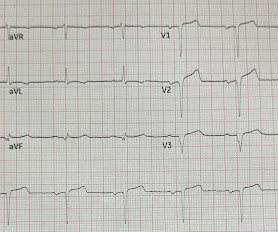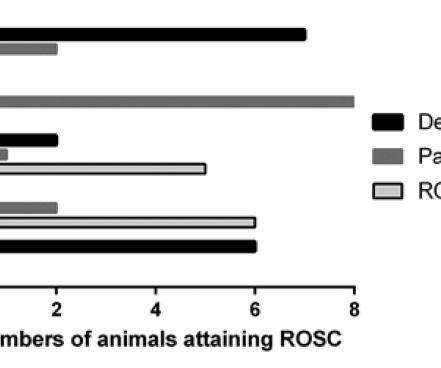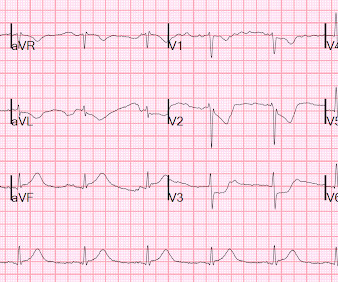Trends in survival from out-of-hospital cardiac arrest with a shockable rhythm and its association with bystander resuscitation: a retrospective study
Emergency Medicine Journal
OCTOBER 26, 2023
Methods We investigated four 18-month periods between 2005 and 2018. The first period was considered baseline and included patients from the randomised controlled trial ‘DEFI 2005’ The three following periods were based on the Paris Sudden Death Expertise Center Registry (France).















Let's personalize your content